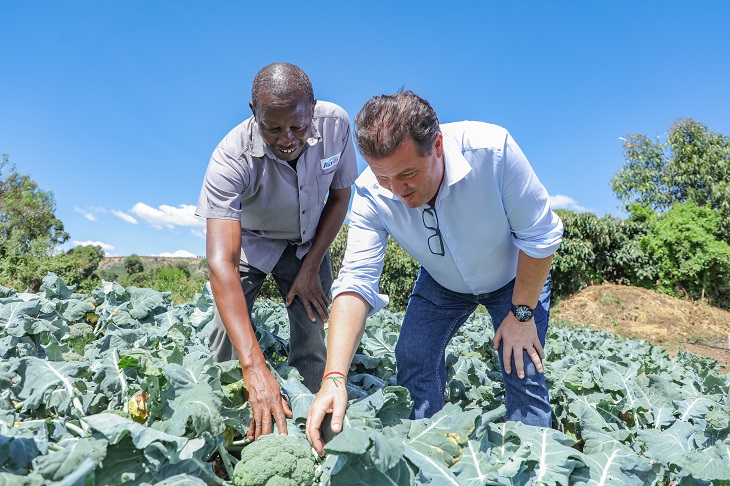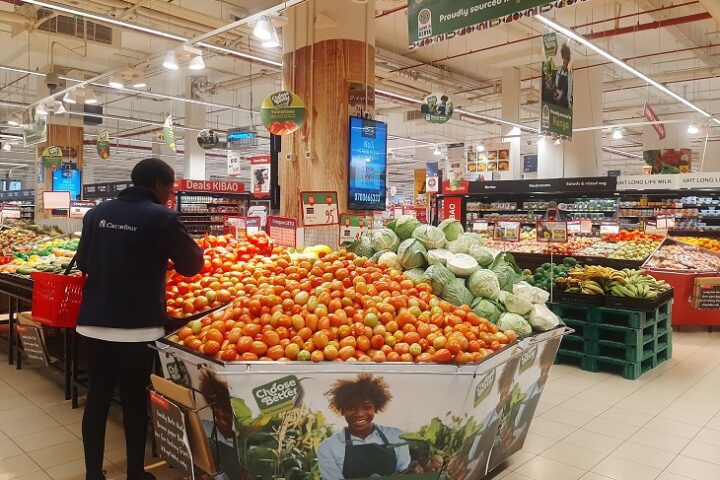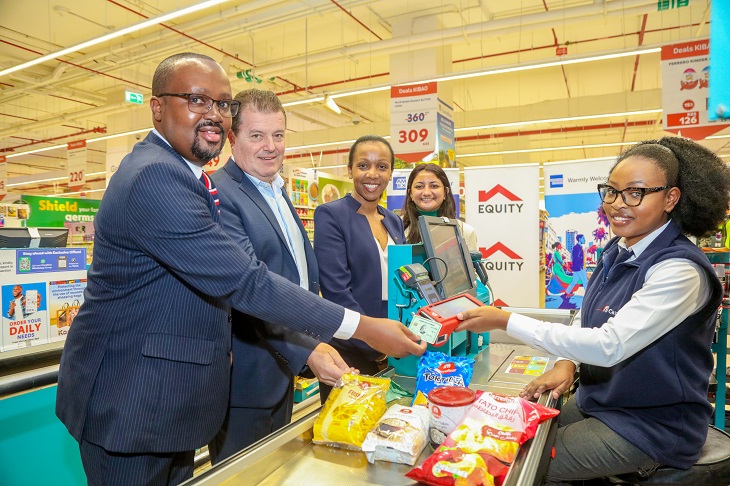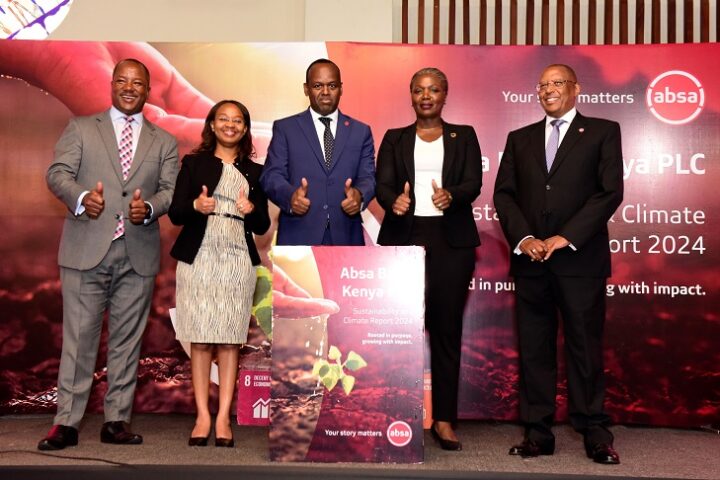Kenya’s agriculture industry has been a key driver of the country’s economy, contributing significantly to its GDP and providing livelihoods for millions. Over the years, the export of agricultural products has shown impressive growth, driven by both demand and diversification of products.
Kenya’s agricultural exports have evolved from traditional crops like coffee and tea to include high-value products such as avocados, berries, and flowers. This diversification has increased the export value and opened new markets. According to the Kenya National Bureau of Statistics (KNBS), the sector contributes about 33 per cent to the GDP and employs more than 40 per cent of the total population, underscoring its vital economic role.
In 2023, Kenya’s fruit export earnings jumped significantly to KES 32.37 billion, up from KES 19.7 billion in 2022, according to data from the Horticultural Crops Directorate (HCD). The rise in exports has been the result of increasing global demand for high-quality, fresh produce and a strategic focus on expanding market access. Kenya is betting on increased fresh produce exports to buffer its foreign exchange earnings and improve farmers’ livelihoods.
Addressing the Challenges
Despite its potential, the sector faces challenges such as market access, climate change and infrastructure. Food safety standards and regulations in the international market have been identified as one of the main non-tariff entry barriers for many local farmers who lack the required technical and financial capacity. Implementing initiatives that support the farmers to navigate the non-tariff trade barriers has the potential to increase export market for Kenyan produce.
On the other hand, erratic weather patterns and increasing frequency of extreme weather events affect crop yields and quality. A 2022 report by the Kenya Agricultural and Livestock Research Organization (KALRO) highlighted that climate change could reduce crop yields by up to 25 per cent in the next decade if no adaptive measures are taken. Increasingly, local farmers are adopting sustainable farming methods and new technologies such as crop rotation and mechanised irrigation to combat the impact of climate change. However, additional financial investment and technical support are necessary to accelerate this transition.
In terms of infrastructure, cases where farmers have limited access to advanced storage and transport facilities can lead to post-harvest losses, which impact the overall supply chain efficiency. According to the Common Market for Eastern and Southern Africa (COMESA), an estimated 20 to 30 per cent of produce in Kenya is lost post-harvest.
Where the Opportunity Lies
The untapped potential in Kenya’s agriculture lies in value addition, improved agricultural practices, and strategic market linkages.
An initiative making a tangible impact locally is the export program by Carrefour, which Majid Al Futtaim owns the exclusive rights to operate in Kenya and 13 other markets in the Middle East, North Africa, and Asia. The program has eased access to international markets for Kenyan farmers, helping them export local produce to markets in which Carrefour operates. Since 2017, Carrefour has been supporting local farmers to export fruits, berries, and herbs to countries like UAE, Qatar, Bahrain, and Egypt. Last year alone, Carrefour exported 645 tonnes of fresh produce with 500 tonnes going to the UAE, boosting local agriculture.
The future of Kenya’s agricultural sector lies in strategic partnerships and investments in infrastructure, technology, and market access. Programs like this illustrate how such investments can drive growth, enhance competitiveness, and unlock new opportunities for Kenyan farmers.
Technological advancements, such as precision farming and climate-smart agriculture, are helping farmers increase productivity and adapt to changing environmental conditions. For instance, drip irrigation systems have significantly reduced water usage while increasing crop yields by up to 30 percent.
The government and private sector must collaborate to improve infrastructure, such as cold storage facilities and transportation networks, to reduce post-harvest losses and ensure that produce reach markets in optimal condition. Additionally, investments in training and capacity-building for farmers can help them meet international quality standards and increase their marketability.
As the sector evolves, government policies should focus on providing the necessary infrastructure and regulatory support to help farmers grow produce that meets international standards. The private sector should continue to harness strong partnerships with local farmers and invest in innovative solutions that enhance productivity and sustainability.
Customers, locally and internationally, can play a role by buying Kenyan produce, thereby supporting local farmers and the economy.
Related Content: Carrefour Opens A New Branch In Ruiru As Demand Increases













